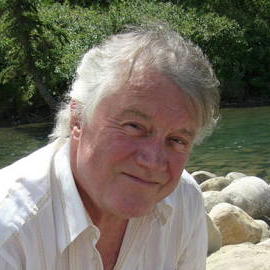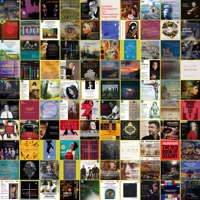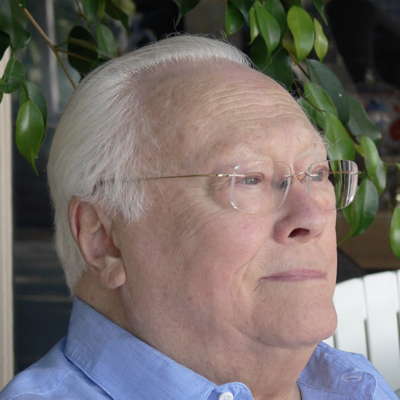 VIDEO PODCAST: Find out about composers from unusual places, including Gerard Schurmann, Giya Kancheli, Nazib Zhiganov and Nodar Gabunia, about singing in cars, and meet Jim Hutton from the RLPO and some of our regular contributors.
VIDEO PODCAST: Find out about composers from unusual places, including Gerard Schurmann, Giya Kancheli, Nazib Zhiganov and Nodar Gabunia, about singing in cars, and meet Jim Hutton from the RLPO and some of our regular contributors.
Phantasmagorical Imagery
MIKE WHEELER reviews orchestral and choral music by Vaughan Williams, Elgar, Ravel and Saint-Saëns
Derby Concert Orchestra's Associate Conductor Marcus Pashley presided over their latest concert - Derby Cathedral, Derby, UK, 8 March 2025. He is also musical director of Burton-on-Trent-based chamber choir Friday Voices, more of whom later. He certainly knows how to talk to an audience - good-natured, relaxed and informal without being patronising.
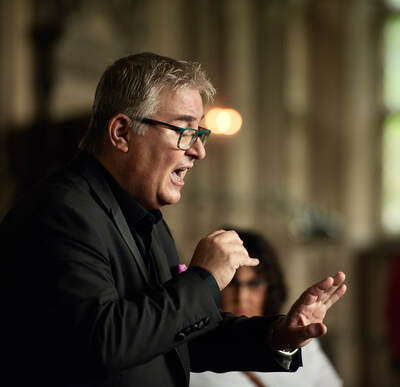
Marcus Pashley
With an English first half and French second, the concert began with Vaughan Williams' overture The Wasps. The buzzing start, with snarling muted horns, was full of lively detail, with brisk and breezy playing in the music that followed. The expansive big tune, when it arrived, actually sounded quite moving.
Friday Voices joined the orchestra for two Elgar choral items, beginning with 'The Spirit of the Lord', the opening chorus from his oratorio The Apostles. The orchestra calmly raised the curtain, establishing a air of hushed concentration, matched by the choir's tone.
Sea Pictures followed, in a version for mixed chorus and orchestra by Donald Fraser, first performed in 2016. While well-intentioned, it's not entirely convincing, compared with the solo contralto original, though the singers clearly enjoyed getting to grips with it. 'Sea slumber song' felt a little reticent to begin with, though the expressive nuances were deftly touch in. 'In haven (Capri)' was marked by an effective change of tone between the soprano-and-alto first verse and the tenor and bass entries in the second. Friday Voices took the chance to sing out in the more rhetorical 'Sabbath morning at sea', and 'Where corals lie', had great delicacy, with the final chord beautifully placed. it was in 'The swimmer' that the discrepancy between the poem's individual narrator and the choir's collective voice felt particularly acute. Elgar's setting is almost an operatic aria and, while the choir was alive to the words' emotional zig-zags, words and music could have taken more bite - anger, even.
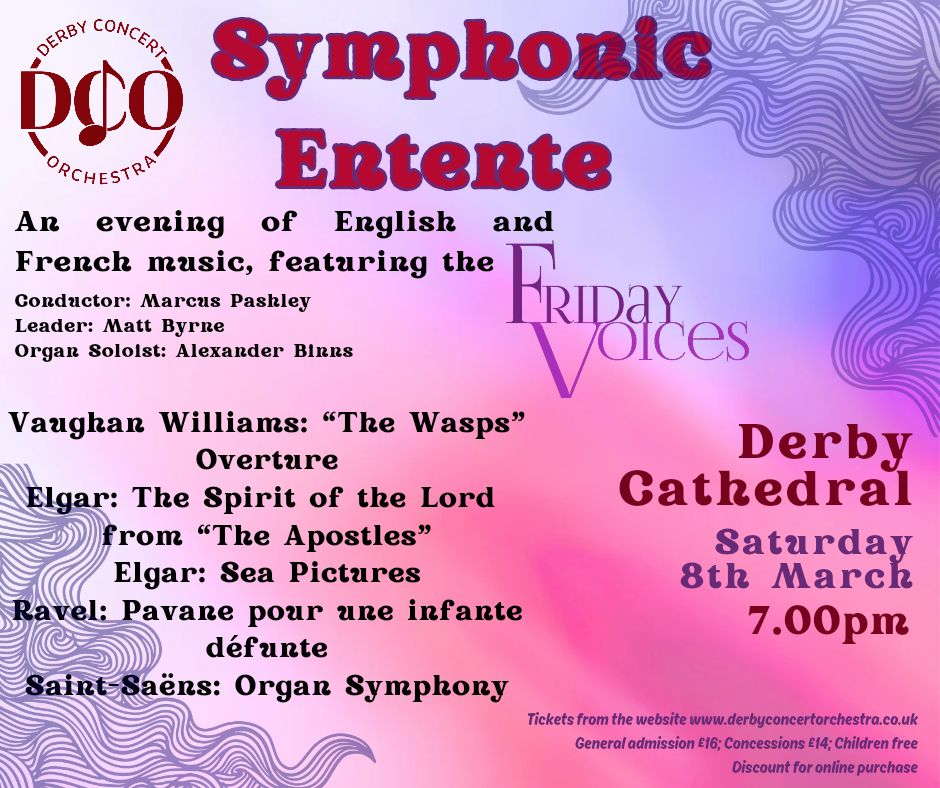
Online publicity for Derby Concert Orchestra's 'Symphonic Entente'
The French second half opened with Ravel's Pavane pour une infante défunte. The performance had a nice gentle touch, though possibly it was a little on the slow side, sounding a touch more solemn than Ravel seems to have intended.
Marcus Pashley's introduction to Saint-Saëns's Symphony No 3, with his engaging reference to the work's 'biggety-bigness', rightly stressed its sparing use of the organ, in spite of its popular nickname - it is, after all, a symphony, not an organ concerto. Following a sensitive account of the slow introduction, the quick music set off purposefully, mixing rhythmic precision and an air of restlessness, with woodwind lines in clear focus. The slow second section was marked by tonal warmth in the main string theme, which flowed calmly, and the falling wind and string phrases sounding their benediction, as Derby Cathedral's Director of Music Alexander Binns laid down the organ's quiet but firm underpinning.
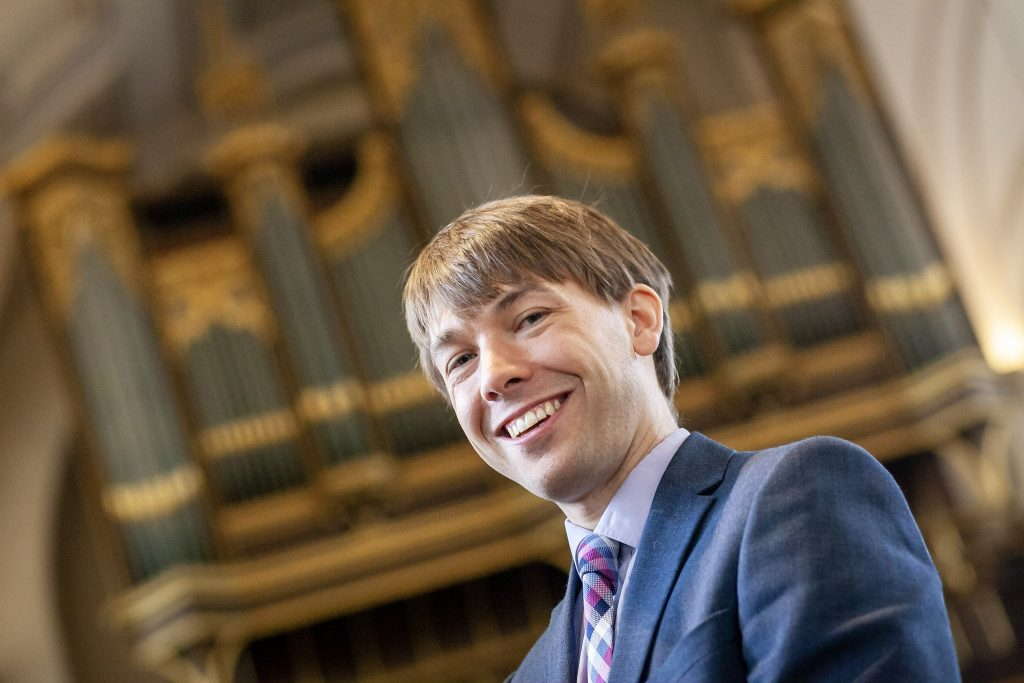
Alexander Binns in Derby Cathedral
The scherzo that begins the second movement had a driving energy, while the trio, encouraged to kick up its heels, evoked a walpurgis night. (It invites any amount of phantasmagorical imagery.) I was more than ever aware of Berlioz's influence, and a corresponding influence on Dukas' The Sorcerer's Apprentice. The organ's entry for the final was properly shattering - in Derby Cathedral the pipes are in the west gallery behind the audience, adding to the impact. The grand manner was all there, the fugue textures clear, and the quieter moments made their proper effect. There's not much you can do with the ending except go at it hammer and tongs; orchestra and conductor certainly didn't hold back.
Copyright © 18 March 2025
Mike Wheeler,
Derby UK



